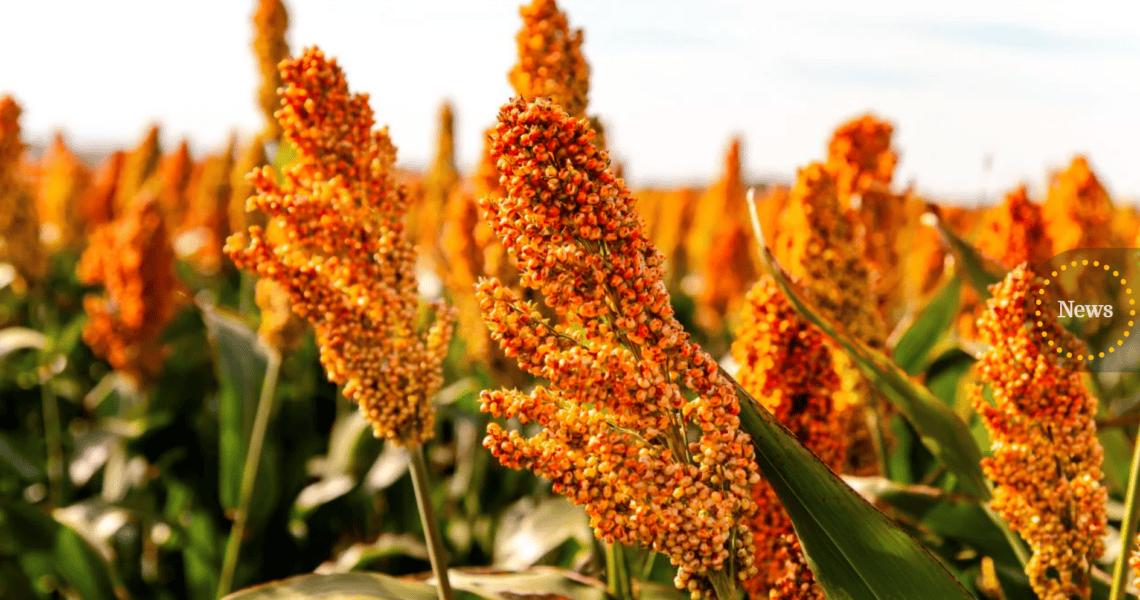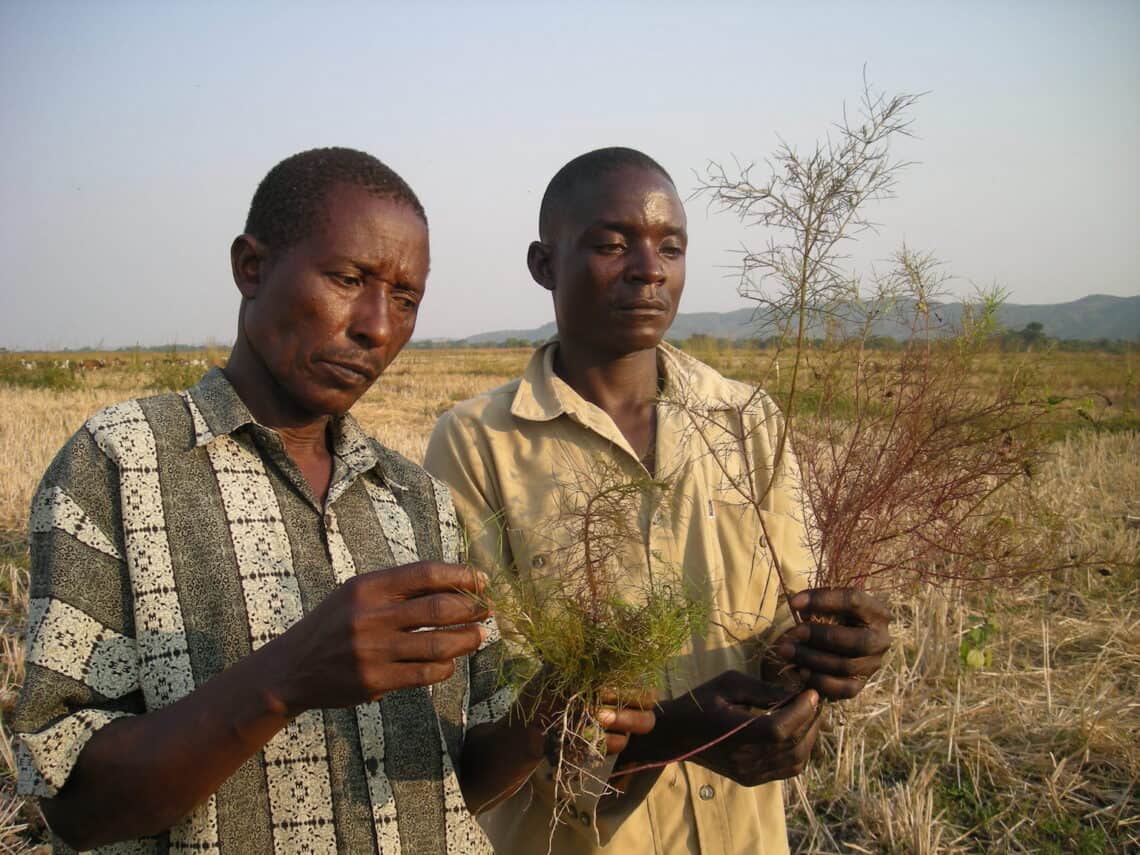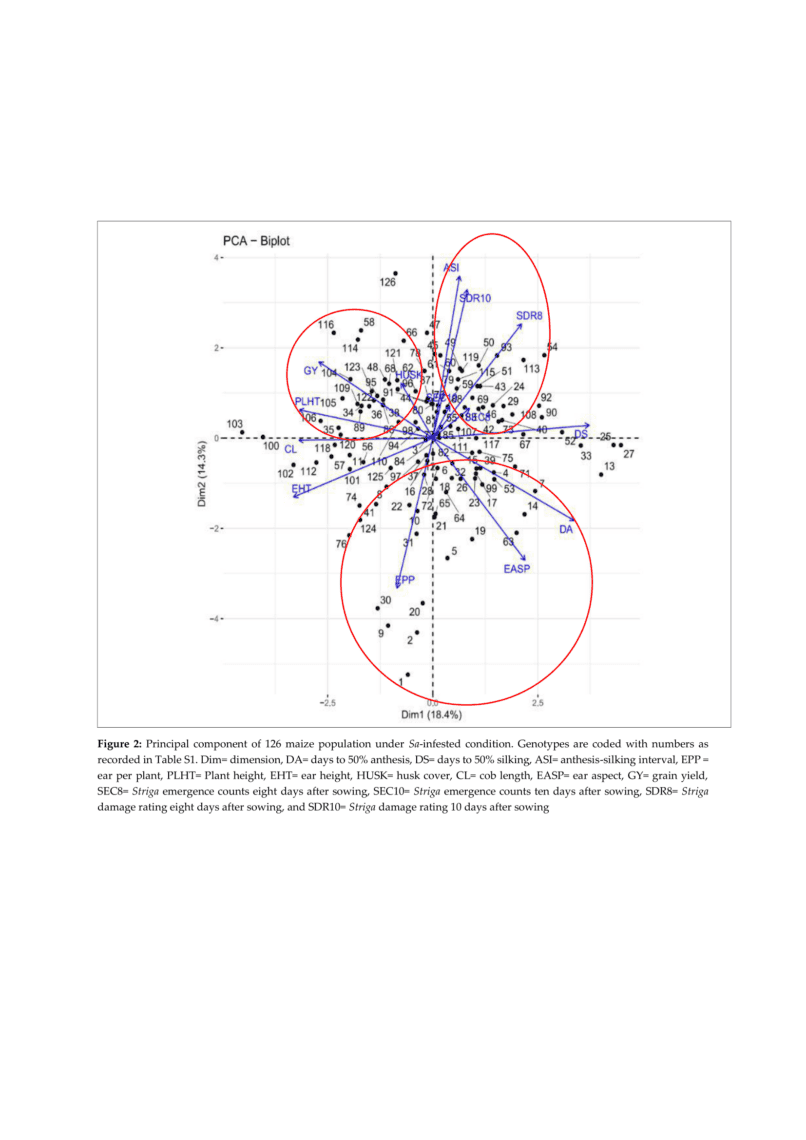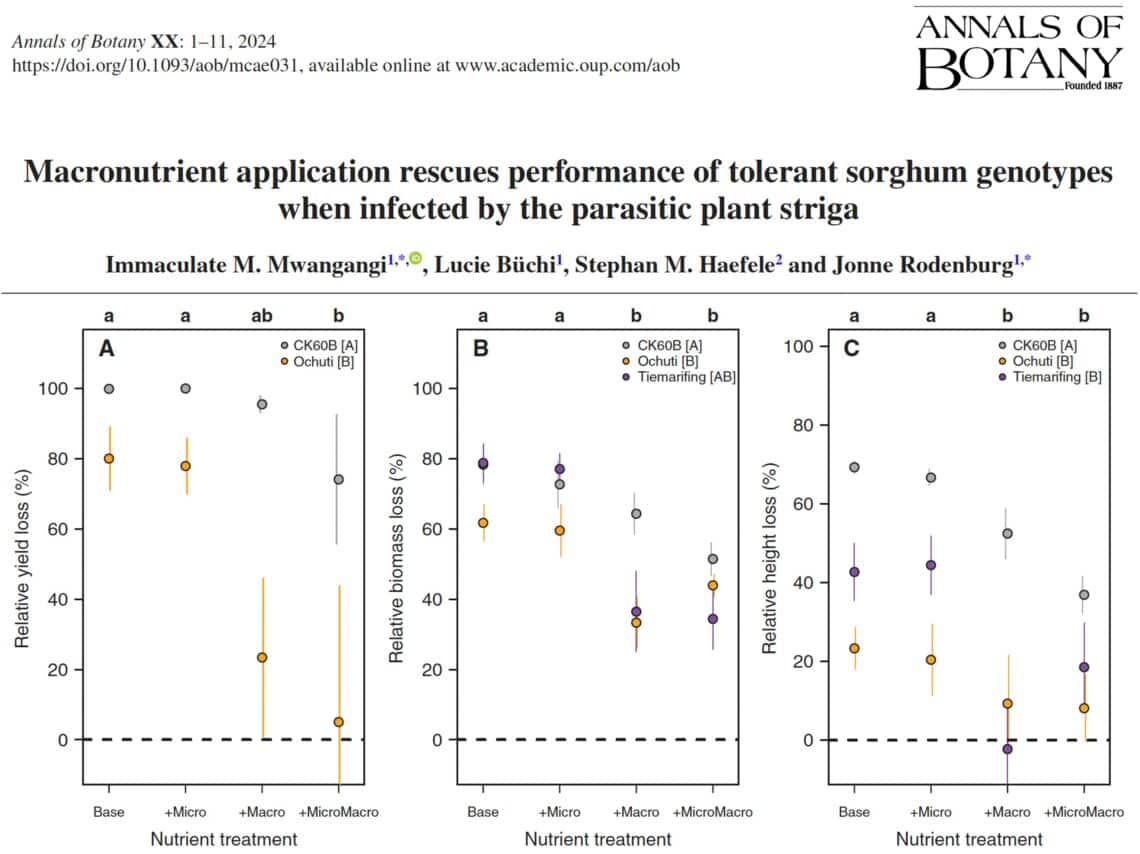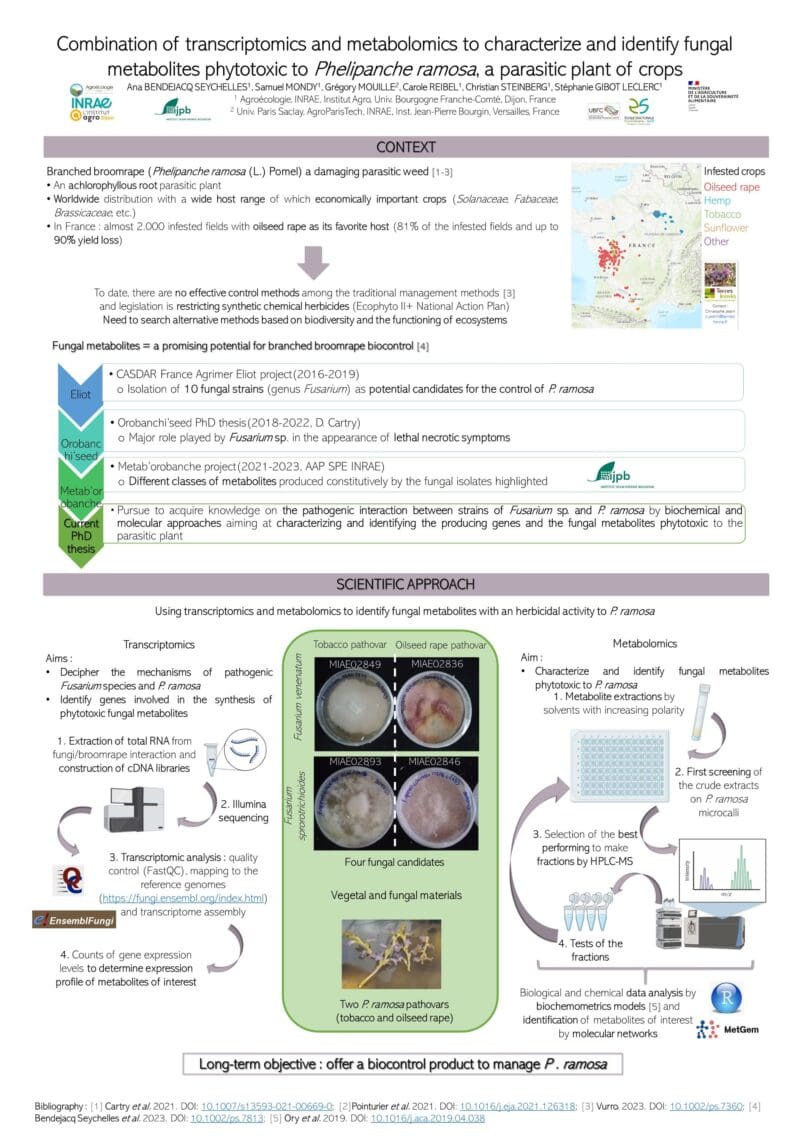Striga hermonthica, an obligate root parasitic weed, poses significant threat to cereal production in sub-Saharan Africa. Lowering Striga seed bank in infested soils is a promising strategy to mitigate infestation levels. The dependency of Striga seed germination on strigolactones opens up the possibility of a “suicidal germination” approach, where synthetic germination stimulants induce lethal germination […]
Evaluation of granular formulated strigolactone analogs for Striga suicidal germination



